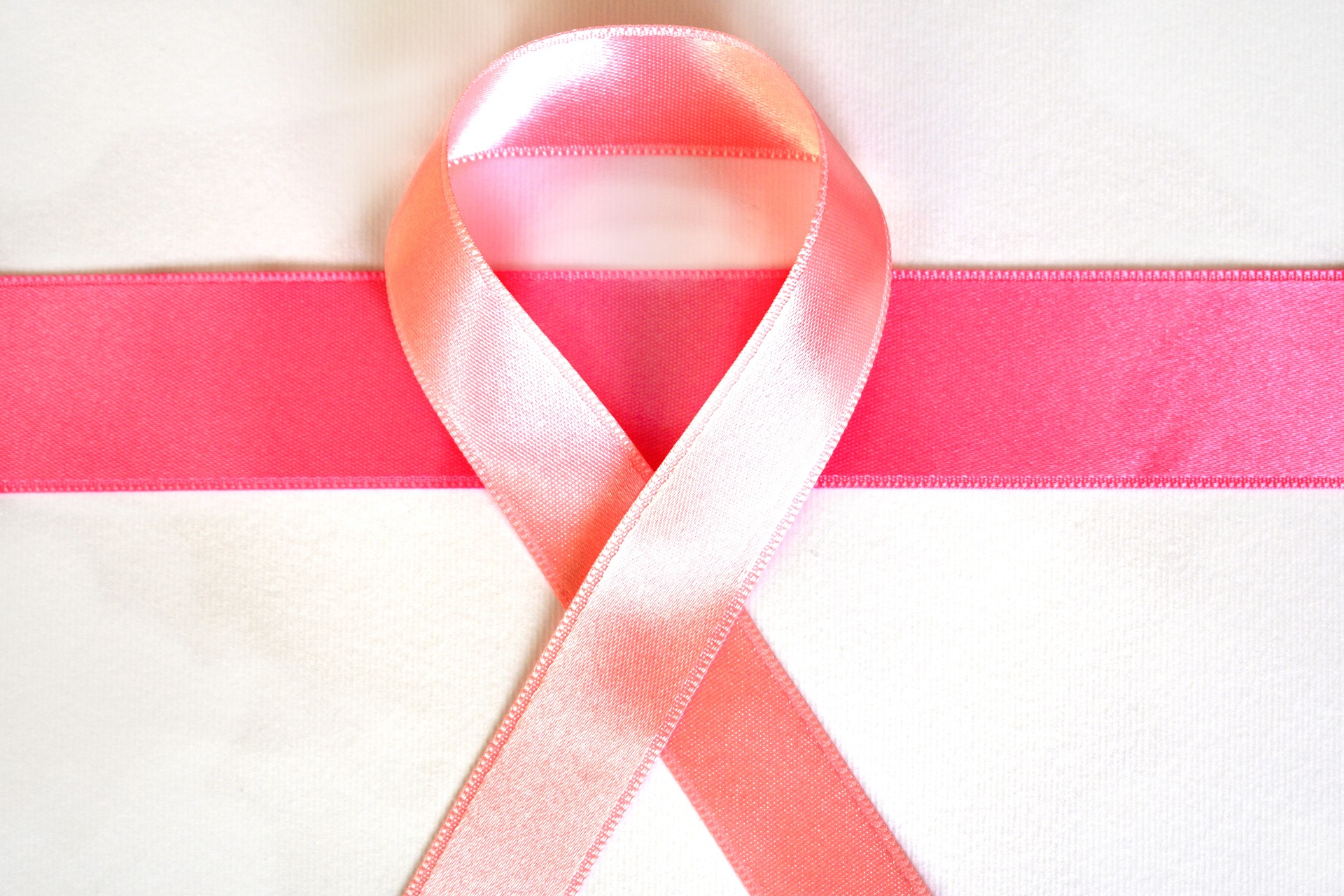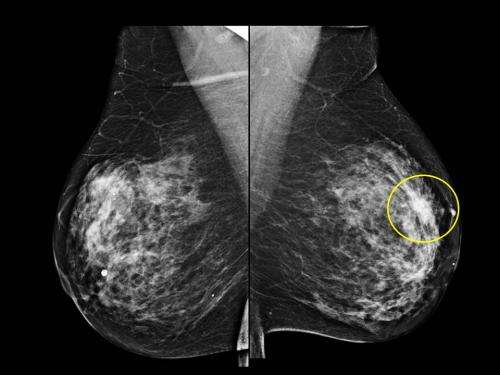
With it being October, albeit late in the month, I wanted to share this article I receive about What’s Happening While I Wait for my Mammogram Results? This year has been a tough one for my family healthwise. My mom was diagnosed with breast cancer in April and had a double mastectomy in May. Through this experience, I have learned so much about the importance of being your own advocate. If you feel something isn’t right, trust your gut! I also learned about the BRCA2 gene. My mom has it, so does my sister. What does that mean? Why knowing if you have this gene is important. I will share more about that in an upcoming post later this week. For now, I found this interesting and even helpful in answering questions of what to expect when you go for a mammogram.

What’s Happening While I Wait for my Mammogram Results?
You are sitting in the waiting room for your annual mammogram, praying your name will be the next one called. Certainly, you are not looking forward to the pain, but the sooner you get called in, the sooner you can get on with the rest of your day. You did your best to make this flimsy gown cover you and stay tied. You look around at the other women sitting there, and you’re suddenly relieved you’re not the only one whose nipples are showing through the thin gown fabric. When you made the appointment, the overly friendly woman on the phone told you at least three times not to wear deodorant today and you can feel your armpits getting damp.

But the waiting doesn’t end once your name is called. After the mammogram you must still sit back down and…wait some more. This second wait is particularly unnerving as you wonder what exactly is going on in the back room, what your pictures might reveal and whether you should be bracing for the dreaded bad news.
As a radiologist specializing in breast imaging, I see first hand the anxiety associated with mammography. My book, Bedside Manners, addresses some of the motions that surround patients’ experience with this. I spend a good portion of my day allaying these fears and talking women off the ledge.
I thought it would be helpful to explain the work that necessitates your temporary discomfort. Understanding the whys and hows of our process may make the day of your mammogram just a little bit easier. Without further ado, here’s an insider look at mammogram day:
The technologist (tech) asks you about your history:
A woman in a scrub outfit finally calls your name and brings you into the room with the mammogram machine. The battery of questions begin: questions about cancer in your family, how many children you have, how old you were when you had them, and when you had your first period.
There is a reason why we ask so many questions. The answers help us determine your risk of getting breast cancer, and may also help us decide how to manage subtle findings on your images.
The tech then takes your mammogram pictures.
As the hard plastic device squashes your breasts into body part pancakes, the tech tells you to hold your breath. You want to say that you couldn’t possibly breathe if you tried, but there is no way you can speak right now.
I’ll admit this is not the most comfortable test, but the pain is short-lived and doesn’t cause any permanent damage. In order to get good pictures, your breast tissue must be compressed to separate it from any abnormalities. No pain, no gain.
The tech then checks the quality of the images.
After the smashing discomfort, the tech will take a look at the pictures on the computer. They may look like swirling galaxies to you, but they seem to know what she is looking at.
The tech is doing quality control, making sure the pictures are clear and all of the breast tissue is included. A repeat on one of the pictures may be requested, not because anything is wrong, but to assure the best possible study.
Make sure your old mammograms are available.
Old films are essential for the interpretation of your mammogram. If you have had mammograms at another facility, it is extremely important that you bring them with you for comparison. I know it’s annoying to traipse around town collecting your old mammograms, but it could make a big difference. Looking for subtle changes from year to year is one of the ways we can find cancers earlier.
The tech then presents your films to the radiologist.
You’ll be asked to have a seat. Back in the waiting room, a radiologist, the doctor who specializes in interpreting images (that’s me), reads your images. You try to fill the idle time reading a magazine, checking your phone, hoping the wet spots in the armpits of your gown aren’t too noticeable. The good news is you are in good company as every other woman in the waiting room shares your predicament.
The radiologist pulls up your images on the screen.
While you’re waiting, the radiologist scrutinizes your current pictures and carefully compares them with multiple prior mammograms. She makes sure to look at every part of your breast including the area behind your nipple and your underarms. If there is no big red arrow pointing to subtle abnormalities, it could take a few minutes before the radiologist finishes the job.

You may need additional pictures at this point.
The tech finally comes back and tells you she needs to take a few more pictures. With your thoughts spiraling and your heart racing, you may remember hearing that this happened to that woman from the PTA and she ended up having chemotherapy and wearing a wig for a year…But there’s no need to panic if you need more pictures. A vast majority of the time, this means that your breast tissue looks slightly different because of changes in positioning. The radiologist may ask for more pictures to make sure nothing has changed. This additional imaging may also include ultrasound as well as more mammogram views.
When you are finished, either the tech or radiologist will tell you the results.
Most of the time, this means everything is fine. You breathe a sigh of relief that you’ve made it through yet another year. Take a moment to put a reminder in your phone for your next mammogram. Congratulate yourself for being proactive about your preventative health care and reward yourself with something that makes you feel good — a latte or pedicure, or both!

- You Have to Remember – 9/11, 20 Years Later - September 11, 2021
- Creating the Perfect Look with a Maxi Dress - October 20, 2020
- Brand Better Giveaway - October 6, 2020


Leave a Reply